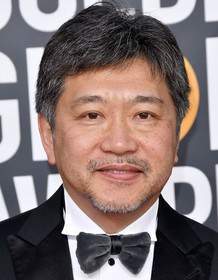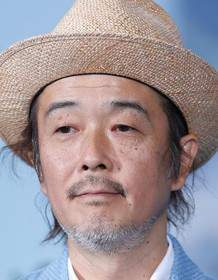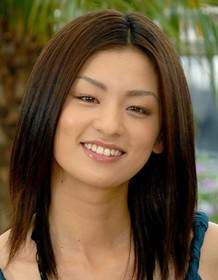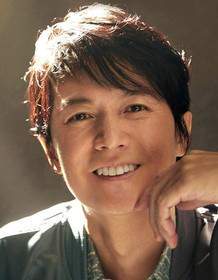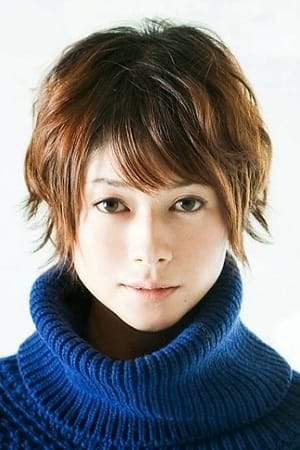Like Father, Like Son 2014
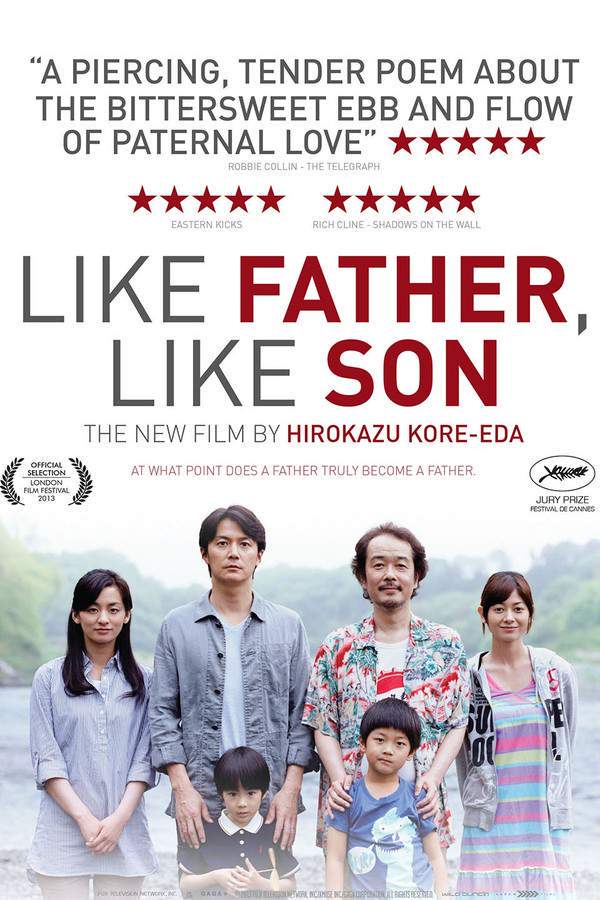
In modern Japan, architect Ryota’s meticulously planned life is thrown into turmoil when he learns his infant son was swapped at birth with another family’s child. Forced to confront this unexpected truth, Ryota must navigate a complex moral and emotional crisis, grappling with questions of identity, responsibility, and the very definition of family. As he interacts with the other family and his biological son, Ryota's rigid worldview begins to soften, leading to a profound understanding of human connection and the enduring power of love.
Does Like Father, Like Son have end credit scenes?
No!
Like Father, Like Son does not have end credit scenes. You can leave when the credits roll.
Meet the Full Cast and Actors of Like Father, Like Son
Explore the complete cast of Like Father, Like Son, including both lead and supporting actors. Learn who plays each character, discover their past roles and achievements, and find out what makes this ensemble cast stand out in the world of film and television.
External Links and Streaming Options
Discover where to watch Like Father, Like Son online, including streaming platforms, rental options, and official sources. Compare reviews, ratings, and in-depth movie information across sites like TMDb, Wikipedia, Rotten Tomatoes or Metacritic.
Ratings and Reviews for Like Father, Like Son
See how Like Father, Like Son is rated across major platforms like IMDb, Metacritic, and TMDb. Compare audience scores and critic reviews to understand where Like Father, Like Son stands among top-rated movies in its genre.

73
Metascore
8.1
User Score


86%
TOMATOMETER

89%
User Score

77
%
User Score

3.33/5
From 6 fan ratings
Take the Ultimate Like Father, Like Son Movie Quiz
Challenge your knowledge of Like Father, Like Son with this fun and interactive movie quiz. Test yourself on key plot points, iconic characters, hidden details, and memorable moments to see how well you really know the film.
Like Father, Like Son Quiz: Test your knowledge about the emotional journey and key themes in 'Like Father, Like Son'.
What is Ryōta Nonomiya's profession?
doctor
architect
teacher
engineer
Show hint
Full Plot Summary and Ending Explained for Like Father, Like Son
Read the complete plot summary of Like Father, Like Son, including all major events, twists, and the full ending explained in detail. Explore key characters, themes, hidden meanings, and everything you need to understand the story from beginning to end.
Ryōta Nonomiya is a talented architect whose dedication to his career has led him to inadvertently neglect his wife, Midori, and their son, Keita. One day, Midori receives an alarming call from the hospital where Keita was born, and Ryōta immediately feels a sense of dread. Upon their arrival at the hospital, they are informed that due to a mix-up, their biological son, Ryūsei, was switched at birth with Keita. This shocking revelation forces the couple into a heart-wrenching dilemma: should they keep the son they have raised or reclaim their biological child?
As Ryōta and Midori delve deeper into this emotional turmoil, they meet Yukari and Yūdai Saiki, the other parents involved in this shocking mix-up. The Saikis, embodying a simpler and more grounded lifestyle, have a rich understanding of parental bonds and love. They share photographs and, for the first time, Ryōta and Midori catch a glimpse of their biological son, Ryūsei. After several emotional encounters, they decide to take a bold step and exchange children for just one Saturday. That day marks the beginning of a complex relationship structured by love and loss.
As time progresses, continued exchanges lead to the ultimate decision to swap children permanently. However, this decision is laden with emotional challenges as both families struggle to cope with the loss of their respective sons. Ryūsei experiences emotional turmoil and eventually runs away back to his biological family, prompting Ryōta to intervene and bring him back home.
In the thick of this challenge, Ryōta starts to form a bond with his biological son, Ryūsei, who gradually opens up to them as a family. However, amidst this healing, Ryōta discovers a touching series of photographs on Keita’s camera — images showcasing Ryōta in vulnerable moments, including many while he was asleep. This discovery overwhelms him with emotion, leading him to break down in tears.
The story culminates as Ryōta, now burdened with the weight of lost connections, returns to the Saiki family alongside his sons. As the families converge, hope emerges; they are not only returning to one another but also slowly stitching the bonds that have been torn apart. The film closes on a poignant note, with both families stepping back into the home, signaling the beginning of a new chapter for everyone involved.
Uncover the Details: Timeline, Characters, Themes, and Beyond!

Coming soon on iOS and Android
The Plot Explained Mobile App
From blockbusters to hidden gems — dive into movie stories anytime, anywhere. Save your favorites, discover plots faster, and never miss a twist again.
Sign up to be the first to know when we launch. Your email stays private — always.
Watch Trailers, Clips & Behind-the-Scenes for Like Father, Like Son
Watch official trailers, exclusive clips, cast interviews, and behind-the-scenes footage from Like Father, Like Son. Dive deeper into the making of the film, its standout moments, and key production insights.
Like Father, Like Son Other Names and Titles
Explore the various alternative titles, translations, and other names used for Like Father, Like Son across different regions and languages. Understand how the film is marketed and recognized worldwide.
Quick Links: Summary, Cast, Ratings, More

What's After the Movie?
Not sure whether to stay after the credits? Find out!
Explore Our Movie Platform
New Movie Releases (2025)
Famous Movie Actors
Top Film Production Studios
Movie Plot Summaries & Endings
Major Movie Awards & Winners
Best Concert Films & Music Documentaries
Movie Collections and Curated Lists
© 2025 What's After the Movie. All rights reserved.



